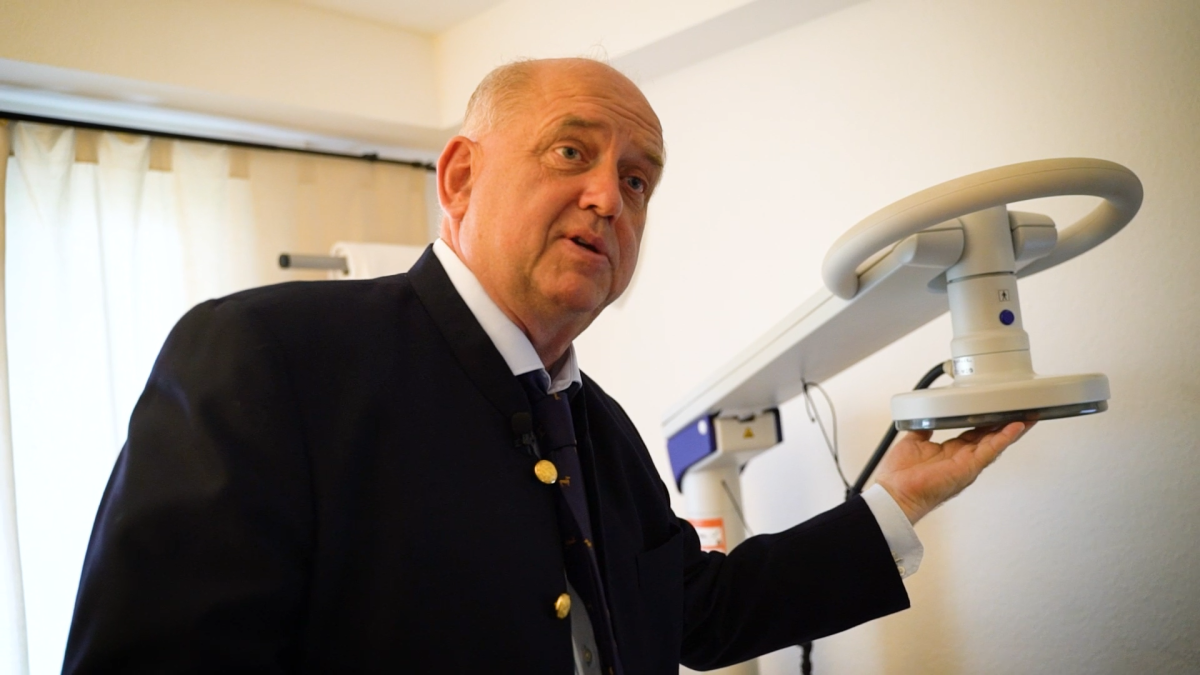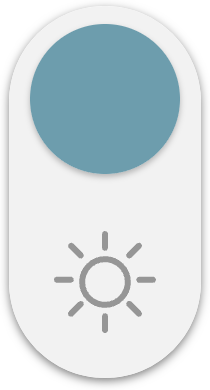President of the Heidelberg School of Chinese Medicine, Prof. Henry Johannes Greten has been advocating for the promotion of traditional Chinese medicine (TCM) in Europe for decades and is regarded as a leading expert in acupuncture and TCM.

He has consistently ranked first among the top 100 naturopathic doctors in Germany, and his clinic enjoys an international reputation, attracting many patients, including Olympic athletes, seeking TCM treatment.

For Europeans, TCM can seem mysterious; some view concepts like "yin and yang" as superstitious. However, TCM has always had a scientific aspect and can even be interpreted through mathematical models. Professor Greten notes that the 18th-century German mathematician Leibniz studied the I Ching and discovered that the bagua (eight trigrams) represents a data model that can be annotated using binary code.

Professor Greten points out that yin and yang also function as a binary system, differing only in the language of expression. TCM, built on the ancient Chinese theories of yin, yang, and the five elements, categorizes clinical manifestations, signs, and tactile features of the skin based on these theories, allowing practitioners to choose treatment plans tailored to specific conditions.

"I saw that there are a lot of things that we can't treat well with the conventional medicine of the West. In particular, I saw that in the field of endocrinology, and the help that the endocrinologist can give is limited." He emphasizes that TCM has significant potential, though its underlying principles are not widely understood. He believes that promoting TCM in the West requires translating its core concepts—such as yin and yang, phases of change, and organ systems—into Western physiological terms, which would help the public better understand the diagnostic processes.
Related News:
C'est la Chine · France | Connecting through Mahjong: A cultural phenomenon in Paris




















Comment